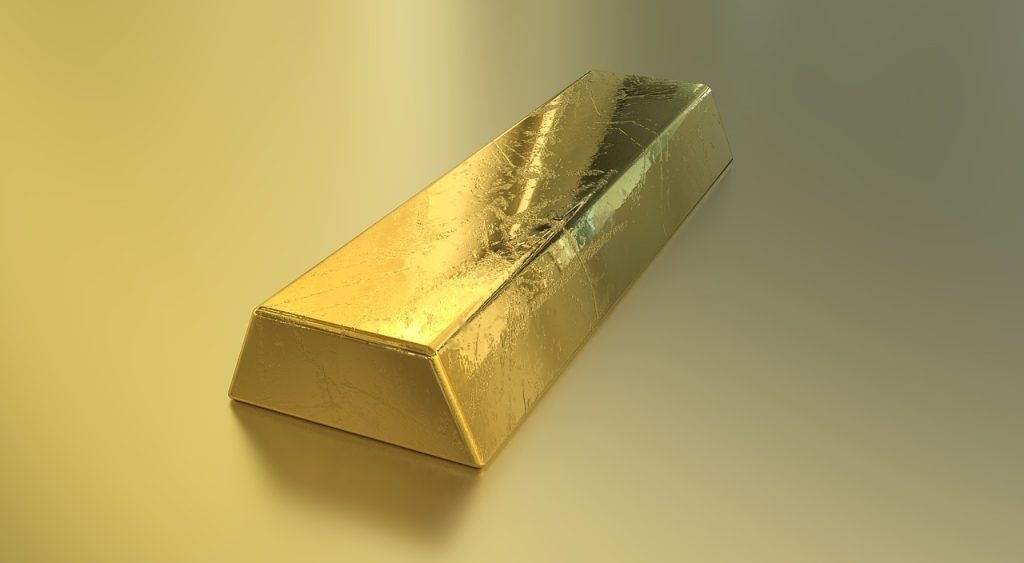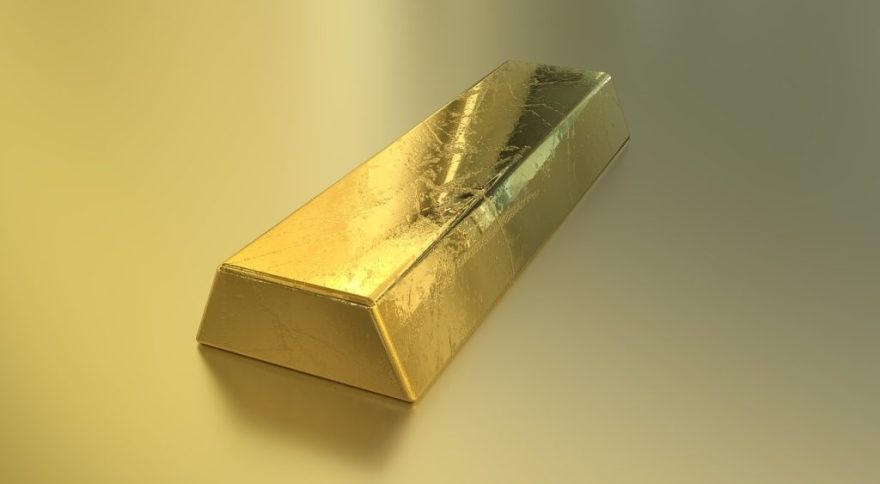The best way to invest for retirement is to plan ahead. You want to find yourself stuck with nothing once you retire. One of the most important things to do is to figure out what type of retirement portfolio you want to build. This includes determining whether you want to go with a conservative or an aggressive approach.
There are two main types of retirement portfolios: conservative and aggressive, depending on how much risk you’re willing to take. A conservative portfolio typically involves lower returns, while an aggressive one tends to involve higher returns.
If you decide that you’d like to diversify your investments, it might make sense to start with a mix of both. However, if you’re looking for high returns, you’ll likely want to focus on an aggressive portfolio. If you prefer low volatility, you could opt for a conservative portfolio.
You can use one of several tools to help determine what type of portfolio you should build. These include calculators such as the ones offered by Vanguard and Fidelity, as well as online platforms such as Morningstar.
What is an Individual Retirement Account (IRA) account?

A gold IRA is an investment tool that allows you to invest in physical gold without paying taxes on it. This type of IRA is different from a regular IRA because it doesn’t require contributions. Instead, you make withdrawals from the account throughout your lifetime.
The IRS considers gold to be a precious metal and therefore does not consider it a currency. As such, you do not pay capital gains taxes on gold held within an IRA. However, there is still a 10% federal income tax penalty on an early withdrawal.
You can open a Gold IRA even if you don’t have a 401(k), 403b, or 457 plan. If you already have one of those plans, you can transfer funds into a Gold IRA.
What is the purpose of a Gold IRA?

A gold IRA offers investors the opportunity to invest in physical gold without having to pay capital gains tax on the profits generated. This type of account is ideal for those who are looking to diversify their portfolio and protect themselves against inflation. In addition, it provides investors with flexibility because they can withdraw funds whenever they wish.
Gold IRAs allow investors to defer taxes on investment earnings, thus allowing you to build wealth faster. Because these accounts are exempt from taxation, you won’t have to worry about paying taxes when you sell the gold.
Why should you choose gold?
Gold is a safe haven against financial instability. During times of economic stress, people turn to gold because it doesn’t lose value as paper money does. When investors feel uncertain about the future, they often sell off their stock portfolios and move into gold. This is called “flight to safety.”
There are many reasons why people choose to invest in gold. Gold is one of the oldest forms of currency known to man. It is durable and easy to transport. For thousands of years, people have trusted gold coins and bars as a way to protect themselves against inflation. These days, gold is used as a form of investment. Many people prefer investing in gold rather than stocks because it provides a stable return over time.
As you might imagine, there are many factors that influence the price of gold. Some of those include supply and demand, interest rates, political events, and even the weather.
What are the diversification benefits of a Gold IRA?
The stock market can be volatile, especially during retirement. If you invest in stocks, it could mean big gains one year and significant losses another. This makes it important to consider how much risk you’re willing to take. One way to reduce risk is to diversify your portfolio. By spreading out your investment dollars among multiple types of assets, you reduce the chance of large losses. For example, if you invested $10,000 in five different mutual funds, you’d lose about half of your money if just one fund performed poorly. But if you put those same dollars into just one fund, you’d likely lose most of your entire investment.
A gold IRA is designed to provide similar protection. Instead of putting your money in stocks, bonds, real estate, commodities, or other traditional investments, you place your money in physical gold bars. As long as you don’t sell your gold, you’ll always have access to your money. You might even make some extra cash selling your gold. With a gold IRA, you can keep your money safe while still enjoying the potential upside of owning shares of companies that grow over time.
Here are several advantages to investing in gold:
- First, unlike stocks, there are no dividends to worry about.
- Second, gold prices tend to rise over time.
- Third, because gold is considered a form of currency, you won’t pay taxes on any profits you earn.
- Finally, gold is a great hedge against inflation.
Even though the value of paper currencies fluctuates based on supply and demand, the price of gold tends to remain fairly stable. In fact, since 1980, the dollar has lost nearly 50% of its purchasing power. However, the price of gold has increased by almost 300%.
If you want to start investing in gold, you’ve got plenty of choices. Many financial institutions offer gold IRAs, including banks, credit unions, and online brokers. Some of the best places to buy gold include local coin shops, jewelry stores, pawnshops, and even eBay. You can find a wide variety of gold coins, bullion bars, and other forms of physical gold.
You can use a gold IRA to diversify your portfolio and enjoy the benefits of owning gold without having to deal with the risks associated with stocks.
What is risk differentiation?
Equity beta measures how much a stock’s return varies based on the performance of the broader market. When beta is high, it indicates that the security is highly correlated to the benchmark index. This makes it less likely that investors will experience large losses due to market declines. Conversely, low betas indicate that the security is less sensitive to the market.
Beta is calculated by dividing a security’s annualized returns by those of the S&P 500 Index. In general, equities with lower betas tend to outperform their benchmarks over long periods of time. For example, the average equity beta since 1926 has been 0.50. However, some sectors like utilities, real estate, and consumer staples have had betas above 2.0. These are known as defensive sectors because they are less volatile than growth sectors such as technology and energy.
A bond-heavy portfolio would be most impacted by changes in interest rates because bonds are generally negatively correlated to stocks. As interest rates rise, bond yields fall while stock prices increase. Bond prices move opposite to stock prices.
Momentum is the intra-daily acceleration of securities’ prices. Investors look at momentum to determine whether a security is moving up or down. If security is trending higher, then momentum suggests that the trend should continue. Momentum is measured by calculating the percentage change in a security’s daily closing price from day to day. The longer the period used to calculate momentum, the more reliable the results.
What are the disadvantages of a Gold IRA?
A gold IRA isn’t suitable for everyone. You need to understand what it entails and whether it makes sense for you. Gold hasn’t performed well over the last 10 years. This is because there is no guarantee that it will continue to perform well. When investing in gold, you are taking a risk.
A gold IRA is a great way to diversify your investments. If you don’t already own gold, now might be a good time to start. An IRA gives you access to precious metals without having to pay taxes or fees.
Here is a list of the many disadvantages of owning an IRA:
- First, you must open one.
- Second, you may not qualify for tax breaks if you invest in gold through an IRA.
- Third, you won’t get any tax advantages if you sell your gold before retirement.
- Finally, you could lose money if the value of gold falls.
The process of investing in a gold IRA
Open a self-directed IRA with a custodial account provider such as Fidelity Investments or Charles Schwab. Choose a precious metal dealer that makes the actual purchases. You can select between traditional and Roth IRAS. A gold IRA allows you to invest in physical gold without paying capital gains taxes. You can choose between investing directly in gold, silver, platinum, Palladium, Rhodium, or other precious metal. You can store your gold safely in a safe deposit box or bank vault. And you don’t have to worry about losing money because it’s insured up to $250,000 per item.
You can purchase gold coins, bars, and bullion online or at a local coin shop. There are several reputable dealers who offer competitive pricing. Some companies also allow you to trade in your old jewelry for cash. When buying gold coins, make sure the coins are legal tender. Coins minted after 1986 are considered legal tender. Pre-1986 coins are collectible items.
When purchasing gold bars, make sure the bar is certified by the American Bureau of Metals (ABM). ABM is a non-profit organization that certifies all gold products. If you want to invest in gold futures contracts, you can do so through a brokerage firm. Futures trading involves speculation on the future price of a commodity.
How to open an IRA for precious metals?
Precious metals are one of the best investments you can make today. Gold and silver prices continue to rise, and there are many ways to invest in precious metal bullion. One way is through a precious metal IRA. This type of account allows investors to gain exposure to the price movements of precious metals without having to worry about market fluctuations. If you want to learn how to open a precious metal IRA, keep reading.
Select a self-directed IRA custodian
A self-directed IRA allows an individual to take control of his/her own retirement savings. This type of IRA lets you decide how much money to contribute each month and what investments to make within the IRA. You can even change your mind later on without penalty. There are three main custodians of self-directed IRAs: banks, brokerage firms, and online platforms. Each offers slightly different features and benefits.
Find a precious metals dealer
Precious metals are one of the best ways to diversify your portfolio. They offer you exposure to inflation while providing protection against currency devaluation. With precious metals, you can invest in something tangible that offers real value over time. You can buy gold coins, bars, and bullion. Or, you can purchase shares of companies like Goldcorp Inc., Barrick Gold Corp., and Newmont Mining Corporation.
You don’t want to choose a dealer just because it’s close to home. A good dealer should belong to an industry association, such as the American Numismatic Association (ANA), Professional Coin Grading Service (PCGS), or the World Gold Council (WGC). Ask around among your friends and family members, too. If someone recommends a certain dealer, chances are he or she knows what he or she is talking about.
A reputable dealer should also be willing to provide you with information about how much precious metal inventory he or she holds. This way, you know exactly what you’re buying. And, you won’t end up paying extra fees for insurance or storage costs. Some dealers charge additional premiums for storing your precious metals.
Finally, do some research on the Internet. Check out reviews online. Read testimonials posted on social media sites. Look into the background of the company itself. Are there complaints filed with local regulators? What are customers saying about the products and services offered? How long does the company operate? These questions will help you find a trustworthy dealer.
Choose which products to buy
The best way to make money in stocks is to buy low-priced companies that sell high-priced products. This strategy is called active investment. An investor buys shares of stock because he thinks it will go up in value. He doesn’t care what the price is; he just wants to own a piece of the company.
Passive investment is different. Investors don’t decide whether to buy or sell individual securities. Instead, they choose mutual funds, exchange-traded funds, or index funds. These funds track indexes such as the S&P 500 or Dow Jones Industrial Average.
A target date fund is a type of passive investment. You put money into the fund, and the fund automatically invests in stocks based on when you plan to retire. For example, if you set your target date to 2035, the fund might start buying stocks in 2025.
An advisor helps investors pick investments. Advisors usually work with clients over a long period of time. They’ll ask questions like “What do you hope to accomplish?” and “How comfortable are you taking risks?”
Select a depository
Precious metals are one of the best investments you can make. They can provide you with long-term growth potential while protecting your wealth during times of economic turmoil. However, it takes some planning to ensure that your precious metal holdings remain safe and sound. In addition to choosing the perfect investment vehicle, you need to consider where you plan to store your assets. There are many options, including buying gold coins directly from dealers, investing in a physical bullion bar, or purchasing shares in a precious metals fund. If you decide to invest in a precious metals fund, you’ll likely find yourself dealing with a financial institution called a “depository.”
A depository is a third party that holds your precious metals in trust. This allows you to rest easy knowing that your funds are secure and protected. When you buy into a precious metals fund, the depository will take possession of your precious metal holdings and keep them there until you request that it deliver them to you. Once you do request delivery, the depository will send your precious metals to you.
Finish the transaction
If you are buying precious metal products online, you might think that you need to go through a third party like a bank or broker to complete the purchase. This is not true. You can do it yourself. There are several options available to you.
You can use an exchange such as GoldMoney, BullionVault, APMEX, etc. These exchanges allow you to buy physical bullion directly from the mint. They provide the most secure way to store your precious metals because they hold them in vaults.
Another option is to sell your precious metals to a dealer who buys them from the mint. A dealer will usually pay you a premium over what the mint pays. However, there are some drawbacks to dealing with dealers. For example, dealers typically charge storage fees, require a down payment, and often demand cash upon delivery. In addition, many dealers won’t accept credit cards. If you choose a dealer, make sure you read reviews about them online.
A final option is to find a bullion dealer who accepts wire transfers. A wire transfer allows you to deposit money into your account without having to physically travel to a bank branch. You can also avoid paying expensive bank fees. The bottom line is that you can buy precious metals online without needing an IRA custodian.
Frequently Asked Questions
Why do you need a Gold IRA?
The most popular type of retirement savings plan among Americans is the Individual Retirement Account (IRA). But there’s another option out there — one that doesn’t require you to open a separate bank account, deposit money, or even pay taxes on the gains. This alternative is called a gold IRA. While some people use a traditional IRA to invest in gold, others use a gold IRA.
What kind of precious metal should you invest in for retirement?
The IRS has specific standards your investments have to meet. Here’s what those requirements are:
- Gold must be 99.50% pure
- Silver must be 99.90% pure
- Platinum must be 99.950% pure
- Palladium must be 98.8% pure
How do I invest in a Gold IRA?
Investing in gold isn’t just about having some extra cash lying around. There are many reasons why it makes sense to invest in gold. One of the best ways to invest in gold is via a self-directed gold investment plan. These plans allow you to hold physical bullion, like coins, bars, and rounds, without paying taxes on gains. You can also use your money to buy shares in gold mining companies, which often pay dividends.
